Nichols N1A Makes US Debut At Pebble Beach
The Pebble Beach Concours d’Elegance is the grand finale of Monterey Car Week, and there, some of the world’s most incredible cars gather to celebrate automotive history, excellence, luxury, and legacy. However, some of the most interesting participants in the concours include the cars showcased on the Concept Lawn. Located away from the main Concours, the Concept Lawn is meant to showcase the latest and even future vehicles from some of the world’s most prestigious manufacturers.
One of those was the N1A, the first model to emerge from Nichols Cars, which made its US debut on the Concept Lawn. Inspired by the McLaren M1A of the 1960s, the racing-inspired performance car’s first customer builds are already underway. Only 100 customer cars are set to be made, and the first 15 are set to feature the ICON 88 specification, like the one that was on display at Pebble Beach.
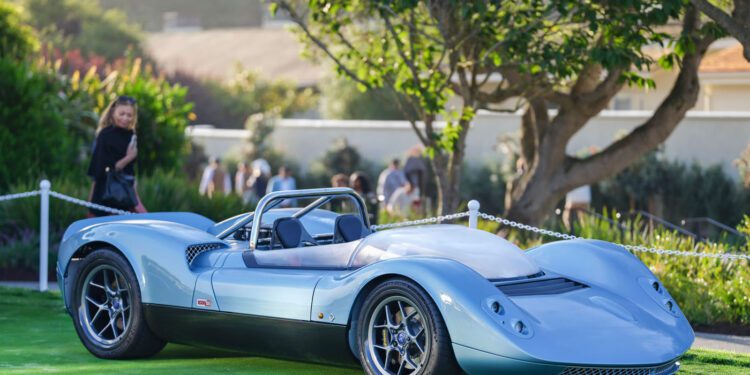
Inspired by racing history, the Nichols Cars N1A made a splash at Pebble Beach.
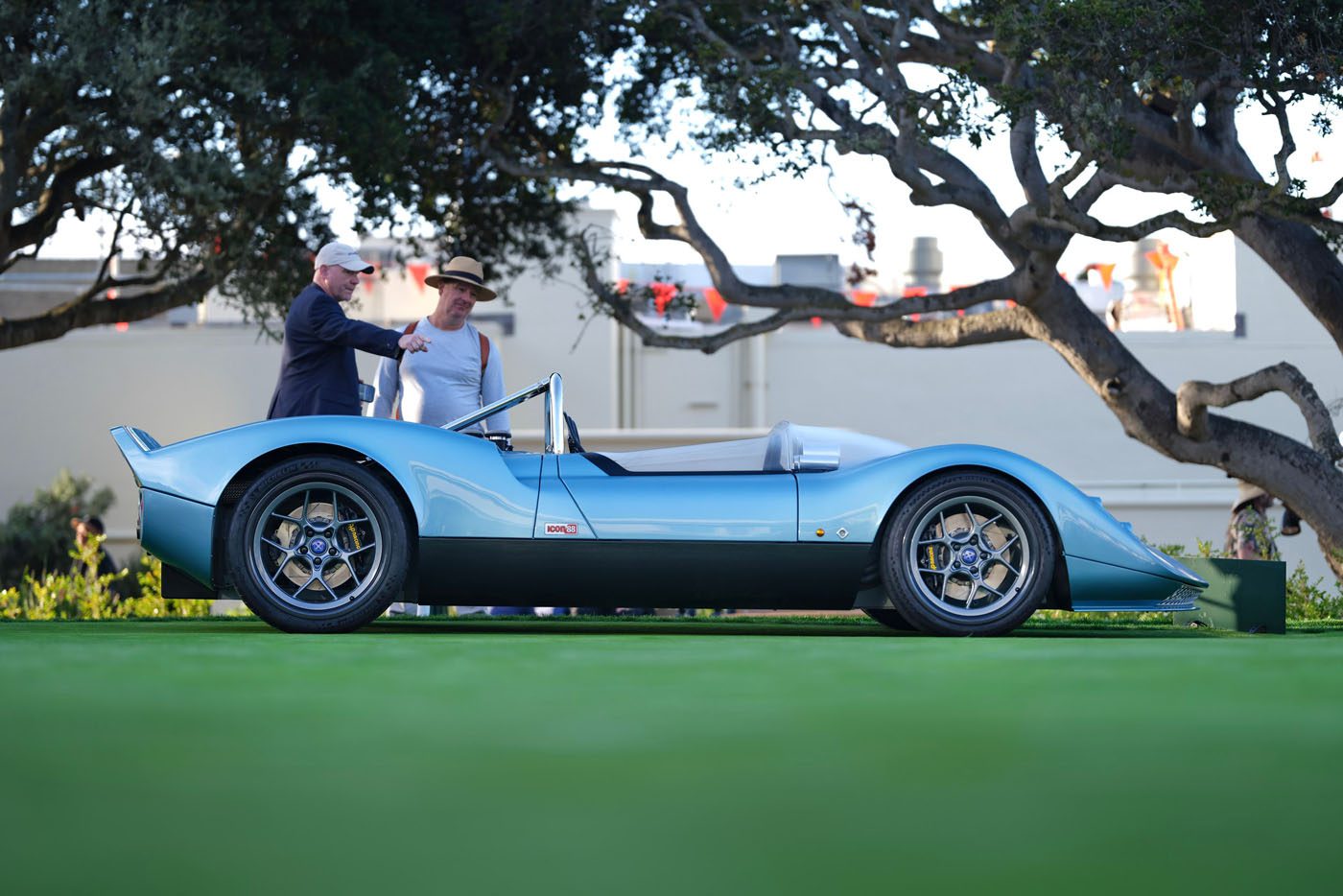
1 of 5

Combining vintage-inspired design with purist-focused engineering, ultra-lightweight construction, and modern performance excellence, the Nichols N1A uses Formula One-grade carbon fiber to weigh under a ton, and with a 7.0-liter naturally aspirated V8 engine derived from the GM LS3, its 650 horsepower mean that its power-to-weight ratio is nearly 700 horsepower per ton.
Sending that power through a manual transmission, the open-top racing-derived car is the perfect blend of cutting-edge performance and vintage-style thrills, and with it making its Stateside debut on the Concept Lawn, the new Nichols N1A brought exclusivity and purist driving excellence to this year’s Pebble Beach Concours d’Elegance.
Image Source: Nichols Cars
Dealer Spotlight: 10 Must-See Exotics For Sale At Galpin Aston Martin
in News
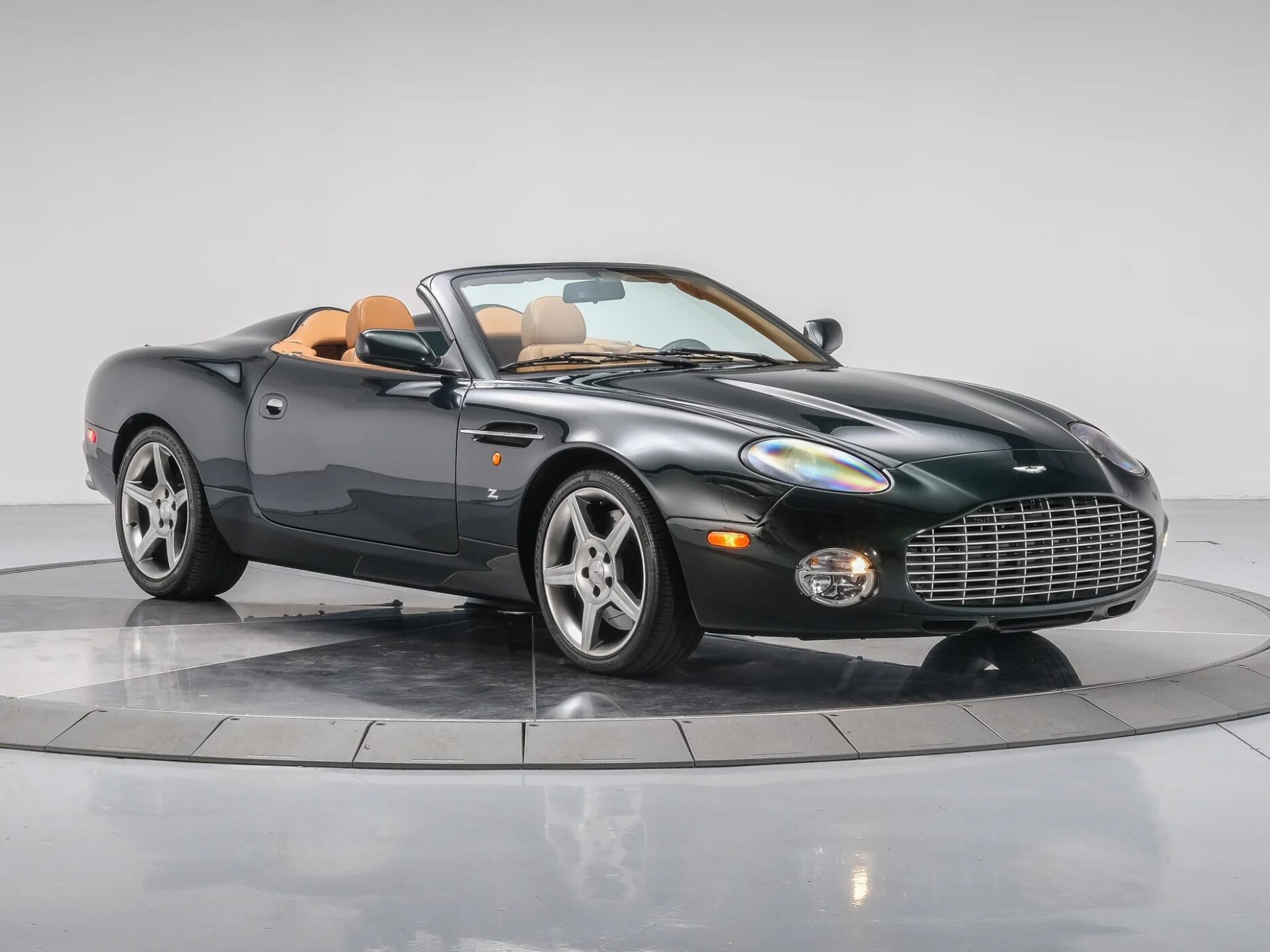
What started in 1946 as a single Ford dealership has grown into one of Southern California’s most iconic automotive dealer groups. Galpin Motors built its reputation through decades of customer-first service and evolved into a multi-brand powerhouse that eventually welcomed the Aston Martin marque under its roof.
Today, Galpin Aston Martin offers one of the most impressive selections of brand-new Aston Martins, including the latest DB12 grand tourer and the Vantage lineup. But Galpin’s pre-owned inventory is just as exciting, with exotics from Ferrari, Lamborghini, McLaren, and more. And if you’re in the market for something truly rare, Galpin’s collector-grade inventory is a treasure chest of investment-worthy classics and special builds you won’t find anywhere else.
What really sets Galpin Aston Martin apart is the full experience it offers beyond just sales. The dealership is part of a legacy that’s made its mark not only on the road but also on the big screen thanks in part to the spotlight brought by TV appearances with Galpin Auto Sports, the custom shop known for turning wild ideas into reality. Whether you’re purchasing a brand-new Aston Martin or bringing in your classic for a bespoke touch, Galpin’s dedication to premium service extends through every corner of the dealership.
View All Galpin Aston Martin Inventory
2003 Aston Martin DB AR1
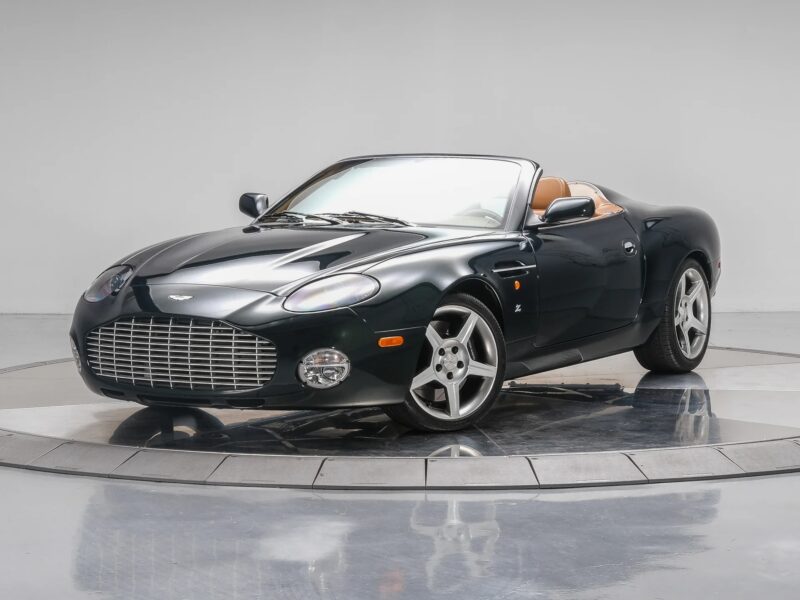
1948 Chevrolet Fleetline
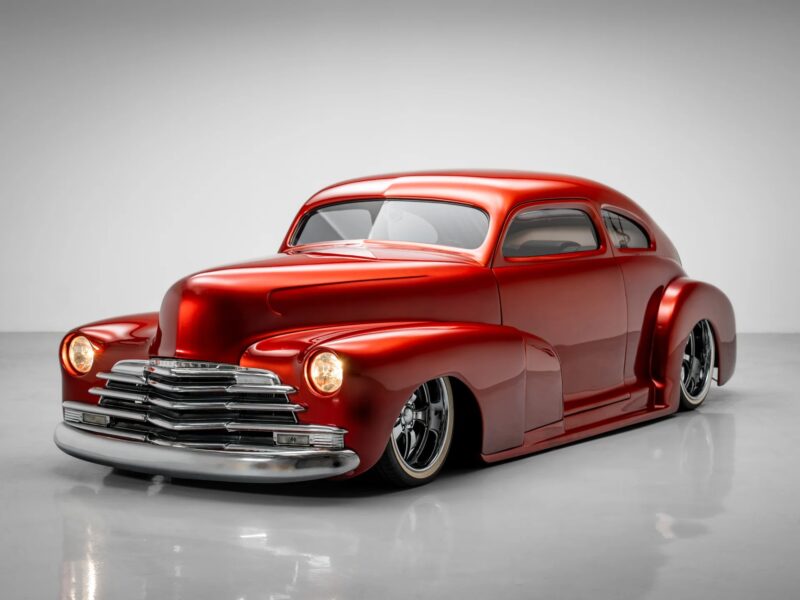
Lamborghini Diablo at 35: The Last Old-School Analog Raging Bull Still Roars
in Diablo, Lamborghini News, News
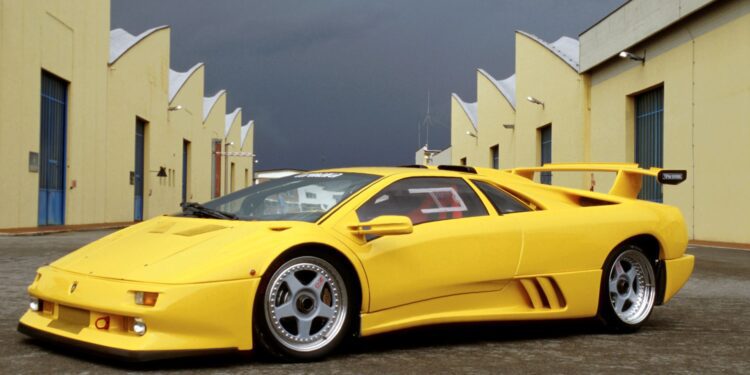
Image Source: Automobili Lamborghini
Gandini’s Poster Car That Changed Everything
2025 has been a landmark year for automotive anniversaries. The Rolls-Royce Phantom is celebrating 100 years, the Porsche Carrera GT broke cover 25 years ago, and the Bugatti Veyron just turned 20. We’ve covered all of them extensively, but now it’s time to focus on another icon, one from the raging bull stable. The Lamborghini Diablo turns 35 this year. This is the supercar that became the ultimate automotive pinup and bedroom poster for an entire generation. Widely considered the last old-school analog Lamborghini, the Diablo, named after a legendary fighting bull from 1869, continues to deliver an unfiltered driving experience that remains unmatched.
When Lamborghini introduced the flagship replacement for the aging, nearly three-decade-long Countach in 1990, it reset the bar for supercars. This was not just because it looked like something that had rolled straight out of a sketchbook from the future, but also because the Diablo was the first Lamborghini to smash through the 200-mph barrier. Now, three and a half decades later, we reflect upon how the Diablo has evolved and how it continues to impact popular culture and the collector car world.
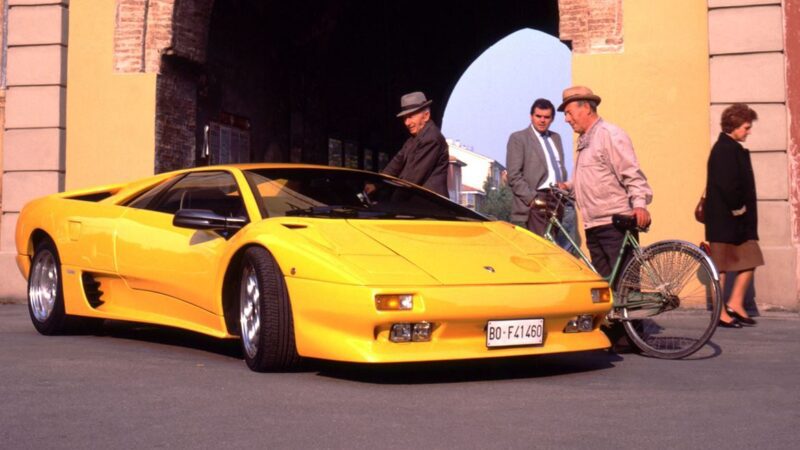
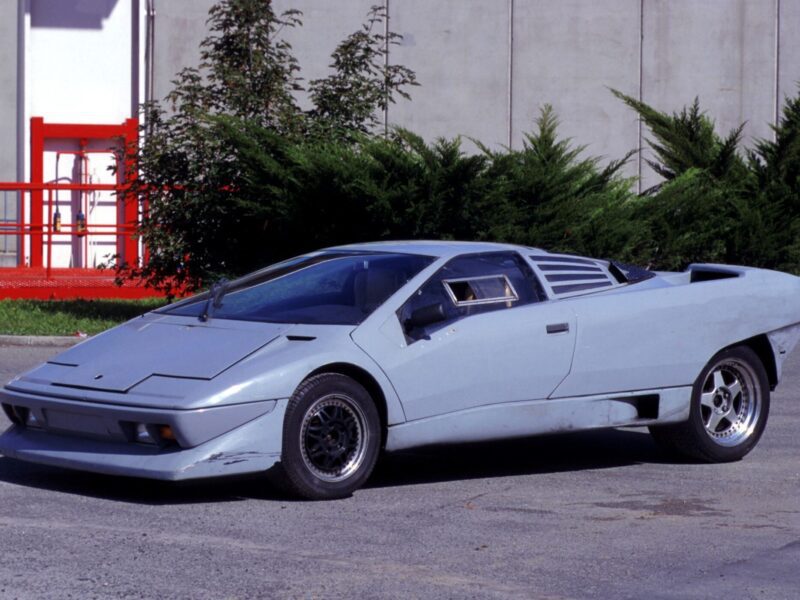
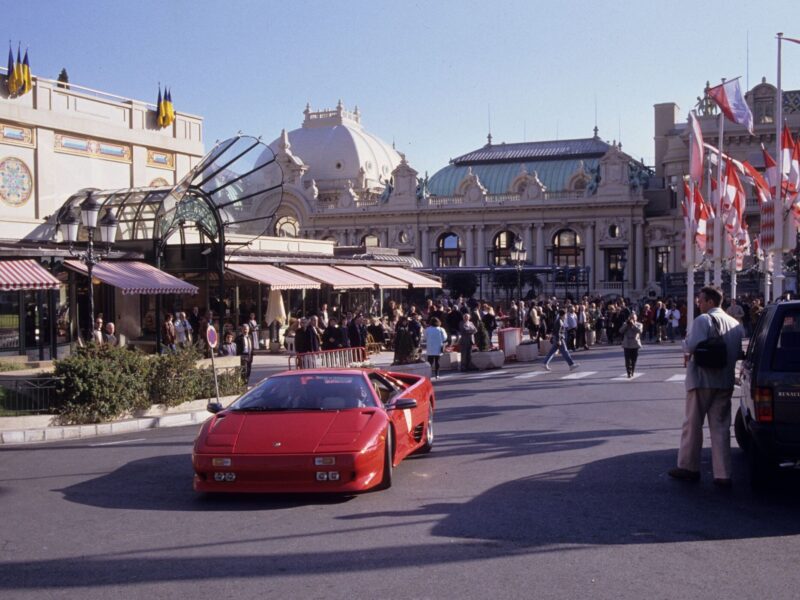
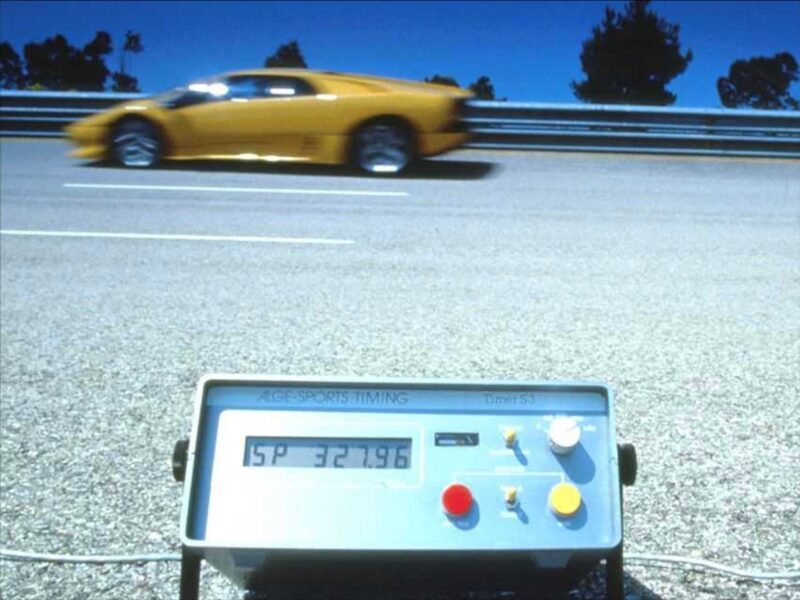
The Diabo story begins in 1985 with Project 132, with one objective: to build the fastest road car in the world. By the time Chrysler took partial control of Lamborghini in 1987, the car’s design had evolved into something that still looks aggressive today. The iconic Scissor doors, wide haunches, and that signature wedge silhouette designed by the great Marcello Gandini gave it presence, while the cabin finally offered something Countach owners could only dream of: real comfort. You got power windows, adjustable seats, and an Alpine stereo as standard equipment. The Diablo debuted in the Principality of Monaco in 1990, and it stayed in production for over a decade until 2001.
Underneath, it carried a 5.7-liter naturally aspirated V12 that can trace its roots to the Miura. It put out 485 horsepower and 428 pound-feet of torque, paired to a five-speed manual transmission. That meant 0-62 mph in about 4.2 seconds and a verified 209 mph on a legendary run at the Nardò Ring proving ground in southern Italy. Those are impressive figures today, but for a production car in the early 1990s, those were numbers that only a handful of cars could match. With materials like aluminum, steel, and even carbon fiber inserts, which had never been used at scale in a road car before, the Diablo had a curb weight of 3,751 pounds.
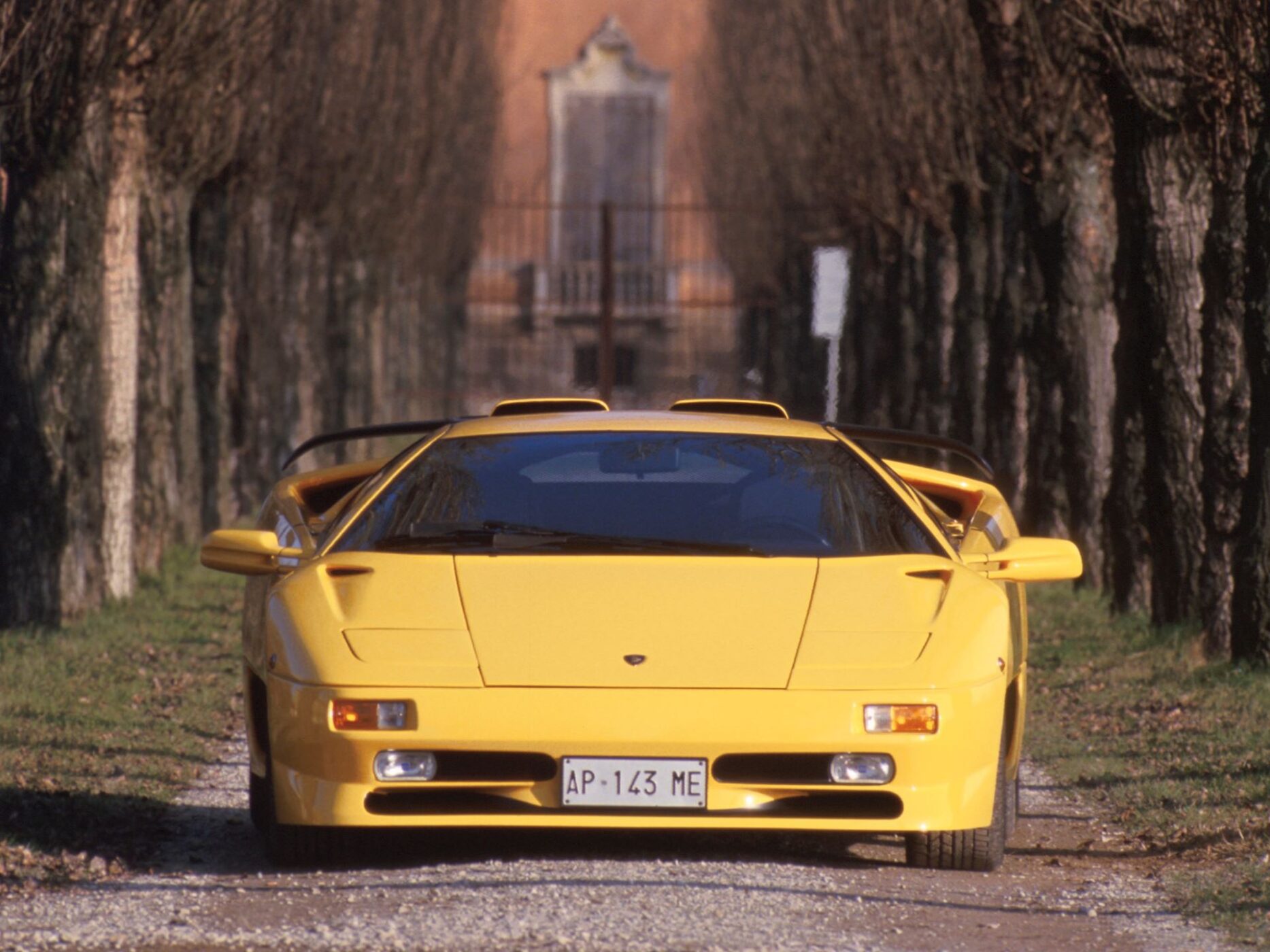
1 of 12

Over its decade-plus-long life, the Diablo evolved fast. In 1993, the VT introduced all-wheel drive, and the SE30 celebrated the Italian marque’s 30th anniversary with up to 517 horsepower, climbing to nearly 600 in Jota spec. Two years later, the VT Roadster opened the door to Lamborghini’s future V12 drop-tops. Audi’s acquisition of the brand led by Ferdinand Pïech, in 1998 brought another wave of change, with fixed headlights, ABS, and a more potent 6.0-liter engine. The 1999 GT stretched output to 567 horsepower and nudged top speed higher still. For collectors, the final VT 6.0 and 6.0 SE, penned by Luc Donckerwolke, are considered the sweet spot, modernized enough to drive, raw enough to feel unfiltered.
But Lamborghini didn’t stop with just road-going variants. The Diablo SV-R spawned Lamborghini’s first one-make race series in 1996. That effort bled into rarities like the GT1 Stradale prototypes that had about 655 horsepower and the GT-R, a race-ready Diablo that competed in Japan’s JGTC and European GT championships. If you’re chasing ultimate rarity, these race-bred models represent the very top of the Diablo pyramid. It also served as the base for several design studies, like the 1-of-1 Pregunta.
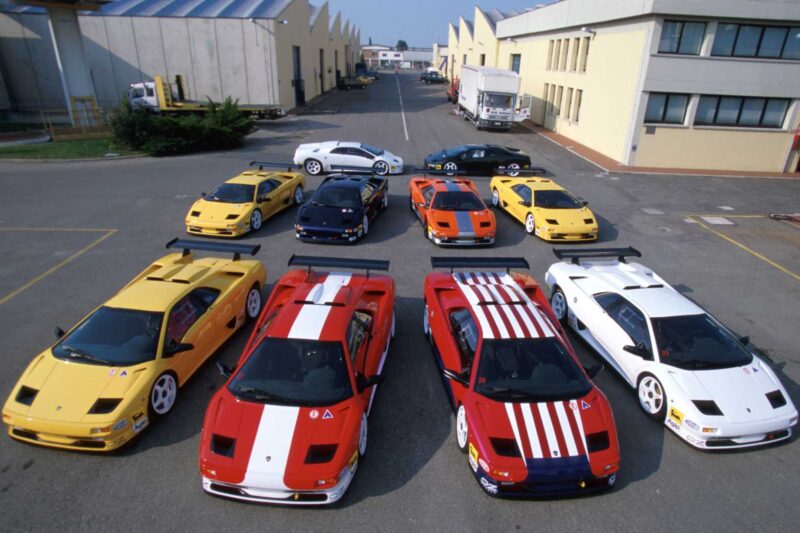
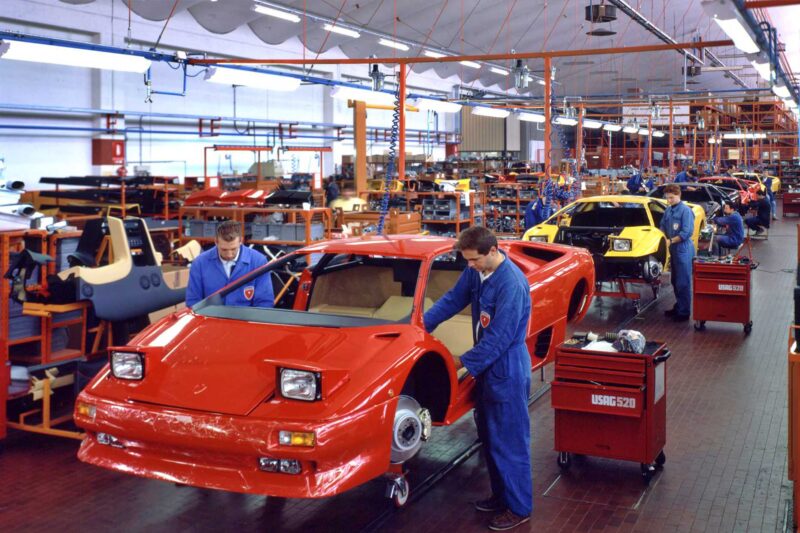
With 2,903 units produced at the Sant’Agata Bolognese factory, the Diablo isn’t scarce by Lamborghini standards, but when you break it down, just 32 SV-Rs, a single Jota pack SE30, fewer than 41 GT-Rs, the pool of top-tier examples looks very different. Add in the 60 official colors and 40 bespoke finishes, and you start to see why red examples dominate the lucrative pre-owned Diablo market while unique shades carry serious premiums.
Now we can’t talk Diablo and not mention this mid-engine Italian exotic’s impact on popular culture and beyond. A red Diablo in Dumb and Dumber, driven by Jim Carry, Cindy Crawford in a ’96 commercial, the Jamiroquai “Cosmic Girl” video, it was everywhere. Celebrities from Mike Tyson to Nicolas Cage, Mario Andretti, and even Jay Leno, all got one. If you grew up playing Need for Speed III: Hot Pursuit, chances are your first “supercar” in that game was a pixelated.
We’ve also covered Polo Storico extensively, Lamborghini’s restoration program, which coincidentally is also celebrating 10 years in 2025, and highlighted its significance for collectors. In fact, we had the chance to sample a Diablo VT 6.0 SE in Italy’s picturesque Emilia-Romagna not too long ago, and that drive highlighted why these cars matter so much. Polo Storico’s role in restoring and certifying these cars is more than heritage preservation; it’s directly shaping their value trajectory. In 2023, a 1994 SE30 earned a podium at Pebble Beach.
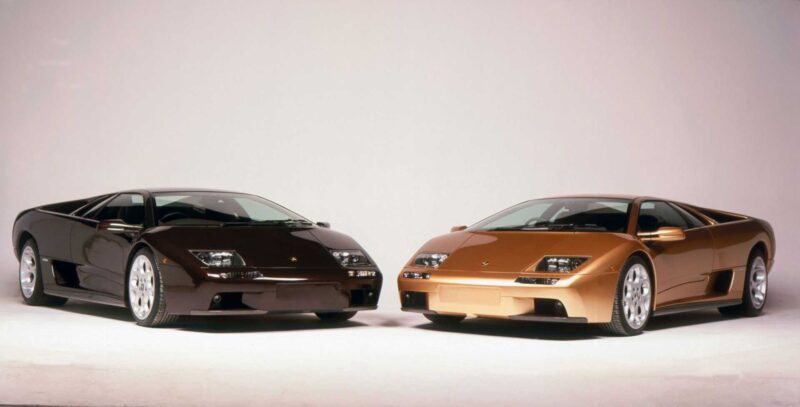
“The Diablo isn’t just a symbol of Lamborghini’s history; it’s also a model of growing strategic importance to Polo Storico. n recent years, we’ve seen a significant increase in requests for certifications and restoration services for the Diablo, in the most part due to a new generation of collectors and enthusiasts who see this car as a cultural and design icon. This trend confirms the value of Polo Storico’s activities aimed at preserving the legacy of the company and its cars, at the same time creating new opportunities in the classic car segment.” – Alessandro Farmeschi, After Sales Director at Automobili Lamborghini.
Restoration requests at Lamborghini’s heritage division are climbing sharply, especially for special editions. Polo Storico not only certifies authenticity, but also taps into its factory archive to give provenance critical if you plan to sell at auction, where paperwork can swing hammer prices by six or seven figures. The Diablo closed the Countach chapter in style, and under Audi ownership, proved Lamborghini could build fast, usable, and desirable cars without compromise. Three and a half decades later, it’s more than just a poster car. It’s a case study in how heritage, engineering, and culture converge to create lasting value. The only question left is, will you treat it as nostalgia, or as your next asset on wheels?
View All Lamborghini Diablos For Sale
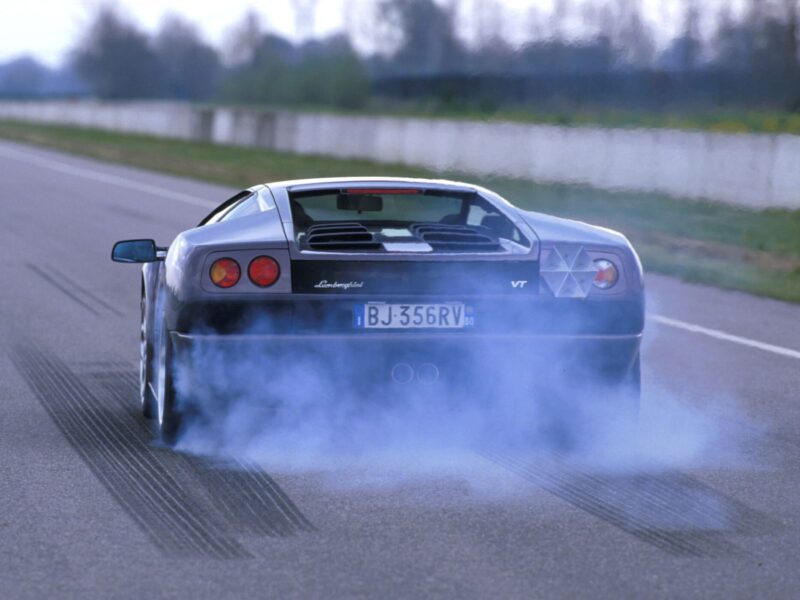
Images: Automobili Lamborghini



